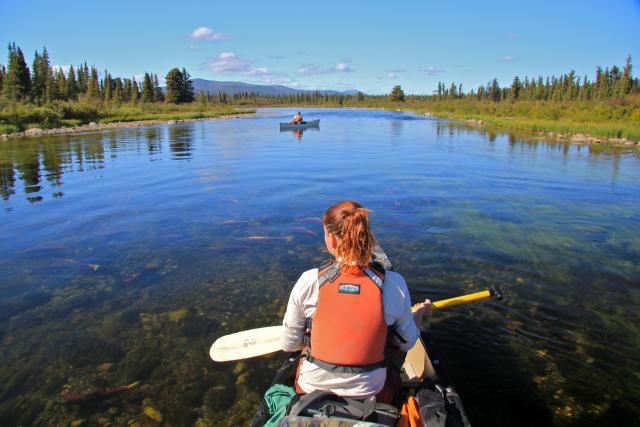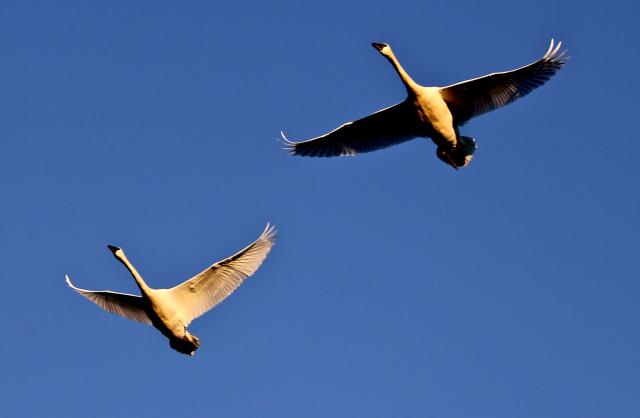Related Stories
- Historic Umtanum Suspension Bridge wins international footbridge award
- Agua Fria National Monument: A desert oasis with a rich history and a vital present
- BLM delivers on administration priorities
- Building for birds: Scouts support public lands
- Families “bug out” at Meadowood’s night of nature and discovery



